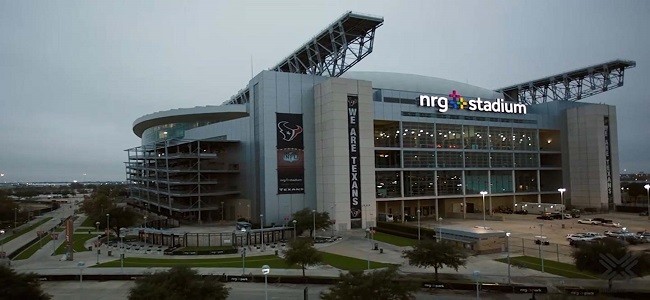
May 8, 1997, was a dark day in H-Town sports. That was the day Bud Adams and the Houston Oilers were allowed to dissolve their lease with the Astrodome and two-step to Tennessee for greener pastures.
At first the fan base was blasé about the team leaving. Around 50 Oilers fans gathered at City Hall in a “last-ditch” rally effort to keep the Oilers in Houston, but the mood changed once the realization set in that the city would no longer have an NFL team.
While Adams took on much of the criticism, the truth is there was plenty of blame to go around. City leaders weren’t keen on asking taxpayers to fund new stadiums/ballparks/arenas. Home-grown Governor George W. Bush came up with solution to allow localities—after voter approval—to set up sports authorities that could impose a county-wide 2 percent hotel tax, a 5 percent rental car tax, and taxes on parking and tickets, and use sales tax revenues collected at facilities.
In lighting speed, Houston was awarded an expansion franchise over Los Angeles and Toronto in 1999 with the promise of a new, state-of-the-art stadium that would feature a retractable roof and real grass. Football fans were beside themselves and the newly formed Houston Texas shocked the Dallas Cowboys 19–10 on Sept. 8, 2002, becoming just the third expansion team ever to win their first game.
Now, 23 years later, the Houston Texans are hinting at wanting a new stadium. Much has changed over the past two decades. Retractable roofs are less interesting than luxury suites that go from the ground up. Wide open concourses with upscale bars and restaurants and super-fast wi-fi are also must haves in today’s world and when one is trying to lure the almighty Super Bowl.
How did we get here? The Texans (and the Houston Livestock Show and Rodeo) enjoy the benefits of utilizing NRG stadium, but the Harris County-Houston Sports Authority is responsible for maintaining it. It is estimated that $1.4 billion is needed to bring the stadium up to standards which begs the question, would it be better to pour money into a stadium that may, or may not continue to attract big-time events, or build a new one?
The Texans and Rodeo have a really sweet deal given that the Astros and Rockets are responsible for maintaining Daiken Park and Toyota Center respectively. And, when you factor in that the Texans often get more money in tax rebates than they have to pay in rent, it means taxpayers are essentially paying the team to play at NRG.
Those in favor of a new stadium will tout the economic impact the Super Bowl brings to the community. It was reported Houston saw an impact of $375 million when the city hosted the game in 2017, but not everyone agrees.
“Those {numbers} should be published next to the horoscopes on the comics page,” J.C. Bradbury, a professor of economics at Kennesaw State University told the Houston Chronicle. Data for economic impact studies are often provided by the client resulting in favorable results for them. “These are financial prostitutes providing a service they’re being paid to provide,” said Bradbury.
Putting aside the actual economic impact, New Orleans was able to host this year’s Super Bowl for the eighth time thanks to $560 million in renovations by the Saints and other public entities to the Caesars Superdome, which begs the question, how were they able to keep a stadium that opened in 1975 still relevant and able to attract the big game?
Did the Harris County-Houston Sports Authority fumble the proverbial ball? Was the desire to have an NFL franchise so great that details be damned, we’ll worry about it in 20 years? How are Green Bay (1957), New Orleans (1975) and Kansas City (1972) able to keep their stadiums viable after all these years?
Pearl S. Buck, an American novelist said, “if you want to understand today you have to search yesterday.” It would be nice if those responsible for trying to decide what to do with NRG stadium to take a moment and learn from the past before we end up where we started.



